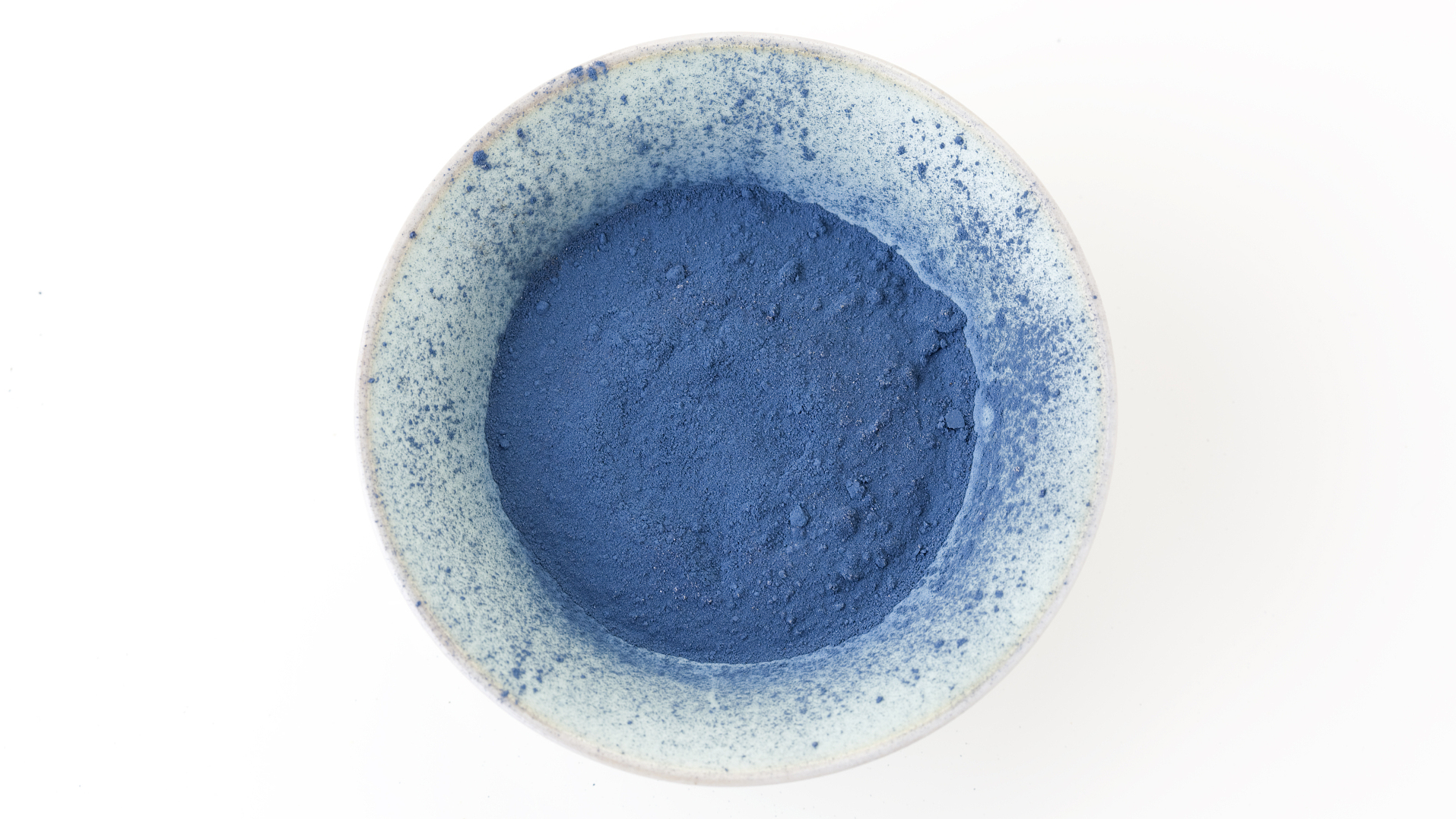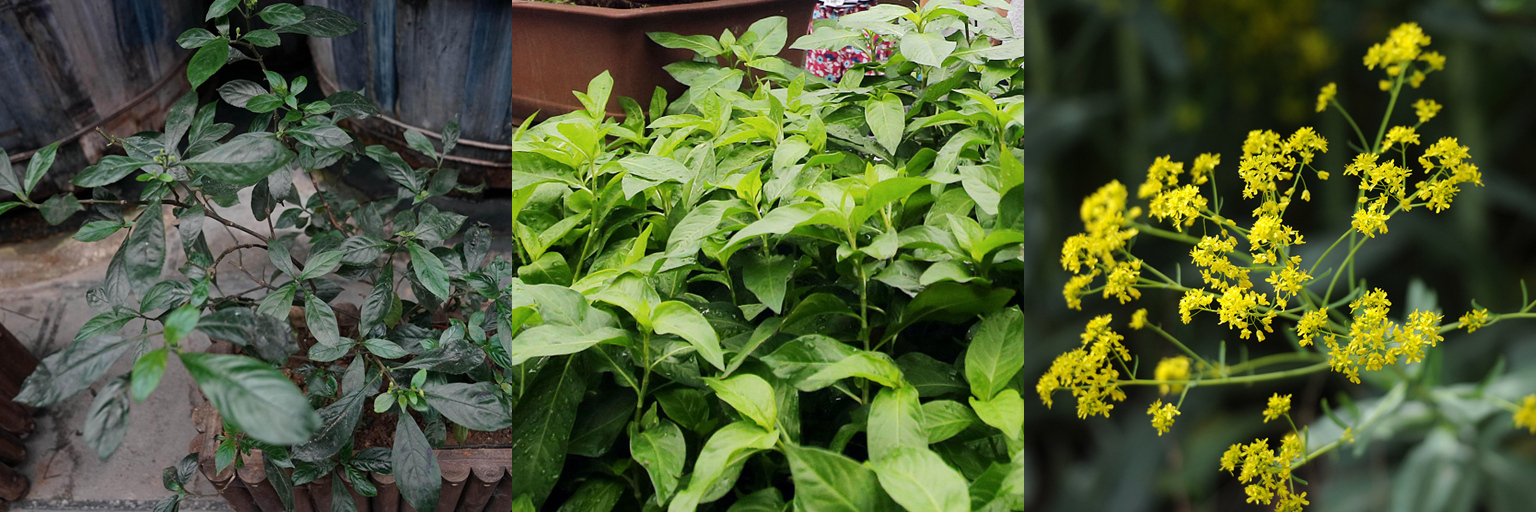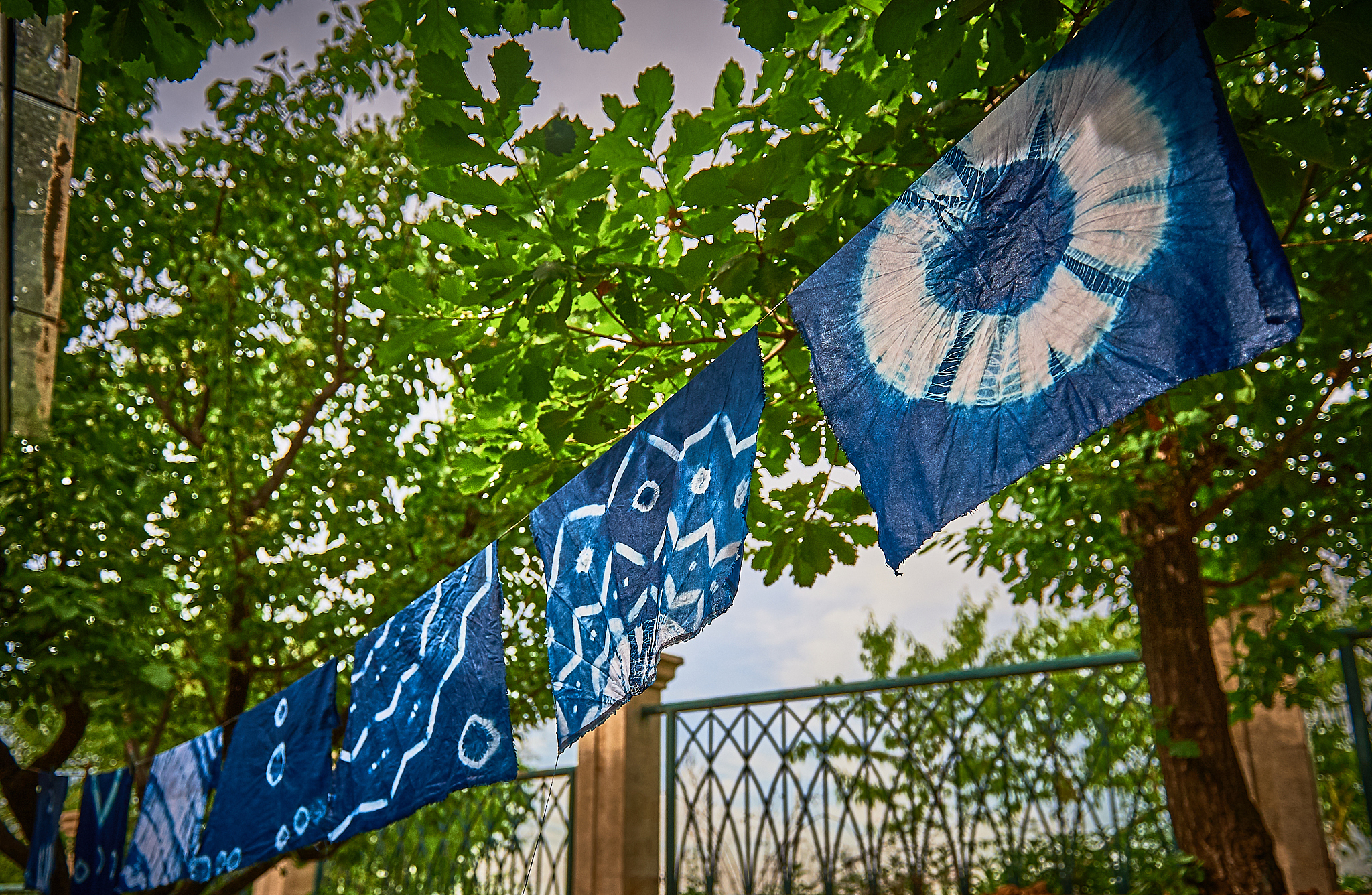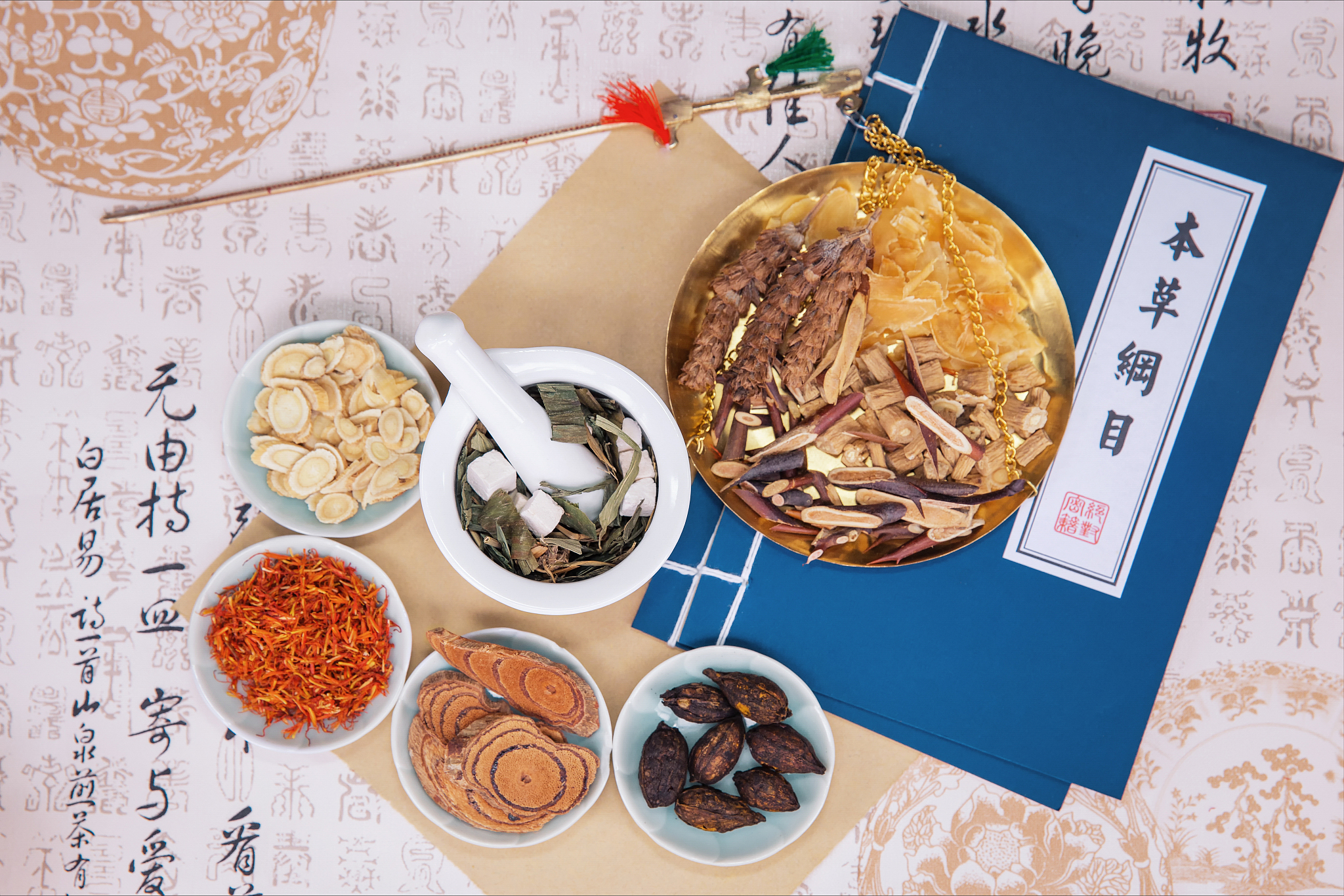Written by Li Shizhen (1518-1593), a famous Chinese doctor and pharmacist during the Ming Dynasty, "Compendium of Materia Medica (Ben Cao Gang Mu)" records a story about using herbs to treat spider bites.
During the Tang Dynasty (618-907), Zhang Jian served as a subordinate to Zhang Yanshang. One day, Zhang Jian was bitten on the neck by a spider. After two nights, his head swelled as big as a bowl, and his stomach was also gradually getting bigger. Zhang Yanshang had always thought highly of Zhang Jian. Zhang Yanshang offered large sums of money to recruit doctors who could treat him. There was a person who claimed that he could cure Jian and he took a bowl of blue juice and sprinkled it on the spider bites. As expected, Jian healed in two days.
In the bowl of blue juice was a herb called indigo naturalis.

Indigo naturalis, also called Qingdai in Chinese, mainly treats hemoptysis due to lung heat, infantile emaciation, inflammation of the eye and cervical tuberculous lymphadenitis, according to "Compendium of Materia Medica."
According to the "Chinese Pharmacy Dictionary," it's used in the treatment of typhus, hemoptysis, swollen sores, erysipelas, snake and insect bites, and it's clinically used in the treatment of epistaxis (nose bleeding).

From left to right: Conehead, knotweed indigo, indigo woad. /VCG
From left to right: Conehead, knotweed indigo, indigo woad. /VCG
As "Chinese Pharmacopoeia" explains, indigo naturalis which has a salty taste and a cool nature, is a dried powder or lump made from the leaves and stems of conehead (Strobilanthes cusia (Nees) Kuntze), knotweed indigo (Polygonum tinctorium Ait.) and indigo woad (Isatis indigotica Fortune).
When autumn comes, people make the indigo naturalis by harvesting the stems and leaves of the above plants, soaking them in water until the leaves are rotten, peeling and removing the leaves, adding the right amount of lime milk, fully stirring the liquid to the immersion liquid, skimming the liquid surface foam and drying it in the sun.

Tie-dye cloth dyed by indigo naturalis. /VCG
Tie-dye cloth dyed by indigo naturalis. /VCG
Indigo naturalis is an extensively used in traditional Chinese medicine and has been used in blue dye since ancient times. Tie-dye, a traditional Chinese manual dyeing technique, uses indigo naturalis to dye curtains, tablecloths, sofa covers, bedspreads, pillowcases, etc.

About 'The Great Herbs' series:
Chinese herbal medicine is the precious legacy of the Chinese people's struggle against diseases for thousands of years and the essence of Chinese culture accumulated over this time. The "Compendium of Materia Medica," written by Li Shizhen, is a valuable heritage of ancient Chinese medicine and botany that has played a significant role in promoting the development of medicine and pharmaceuticals in China and even the world. In this series, CGTN explores some of the great herbs mentioned in the book.
For more:
The Great Herbs: The first of China's nine immortal herbs
The Great Herbs: The buster of blood
The Great Herbs: Flowers with two colors
The Great Herbs: The king of hundreds of herbs
The Great Herbs: Ancient 'mushroom of immortality' on rotten woods
The Great Herbs: Herb with a fishy taste
The Great Herbs: Licorice 'the old man' in the kingdom of medicine
The Great Herbs: Red arrows
The Great Herbs: Heal-all herb withers in summer
(If you want to contribute and have specific expertise, please contact us at nature@cgtn.com.)

